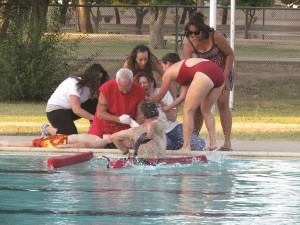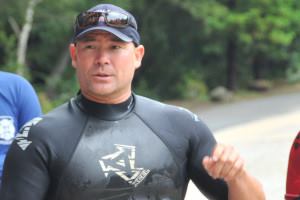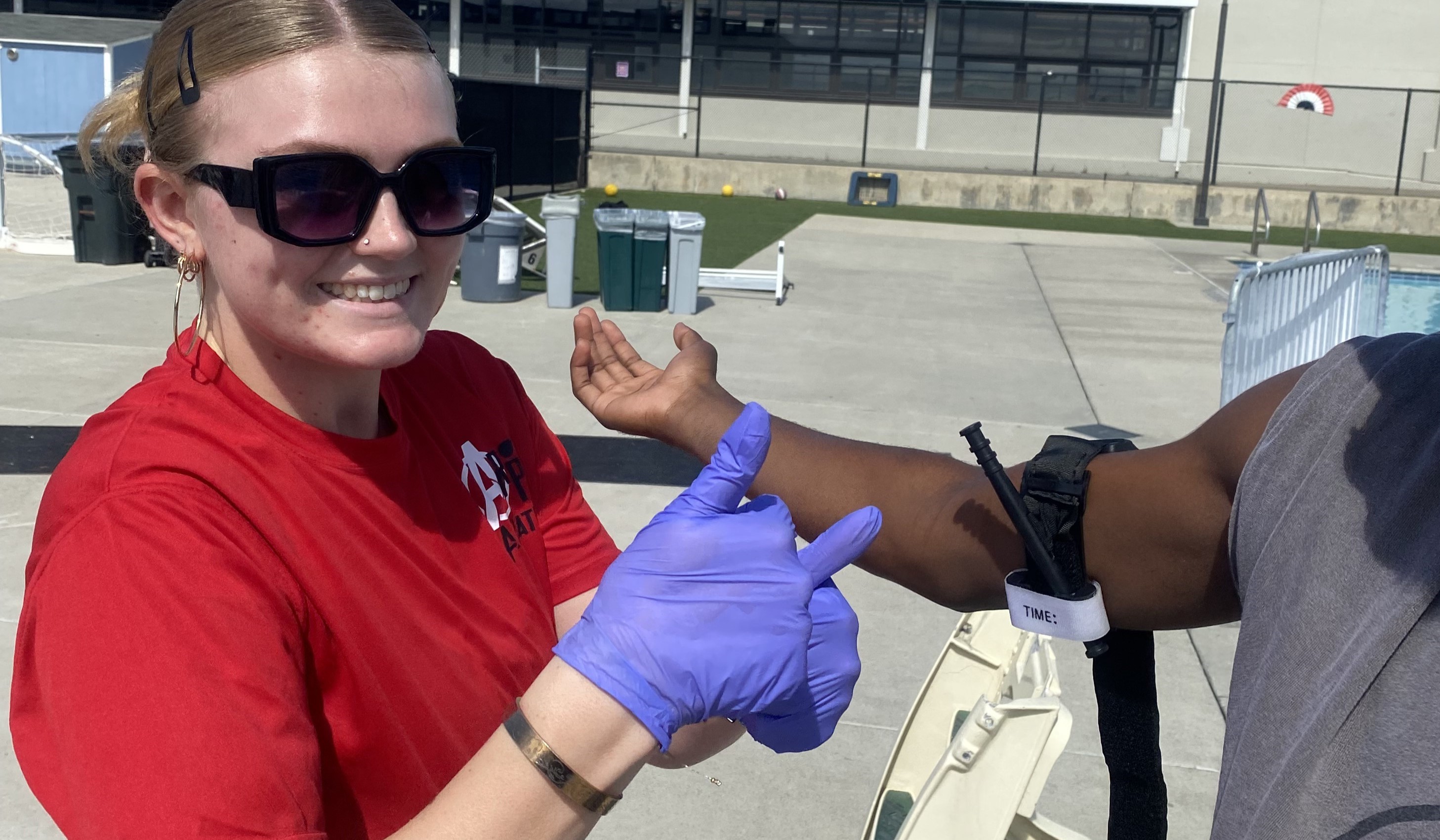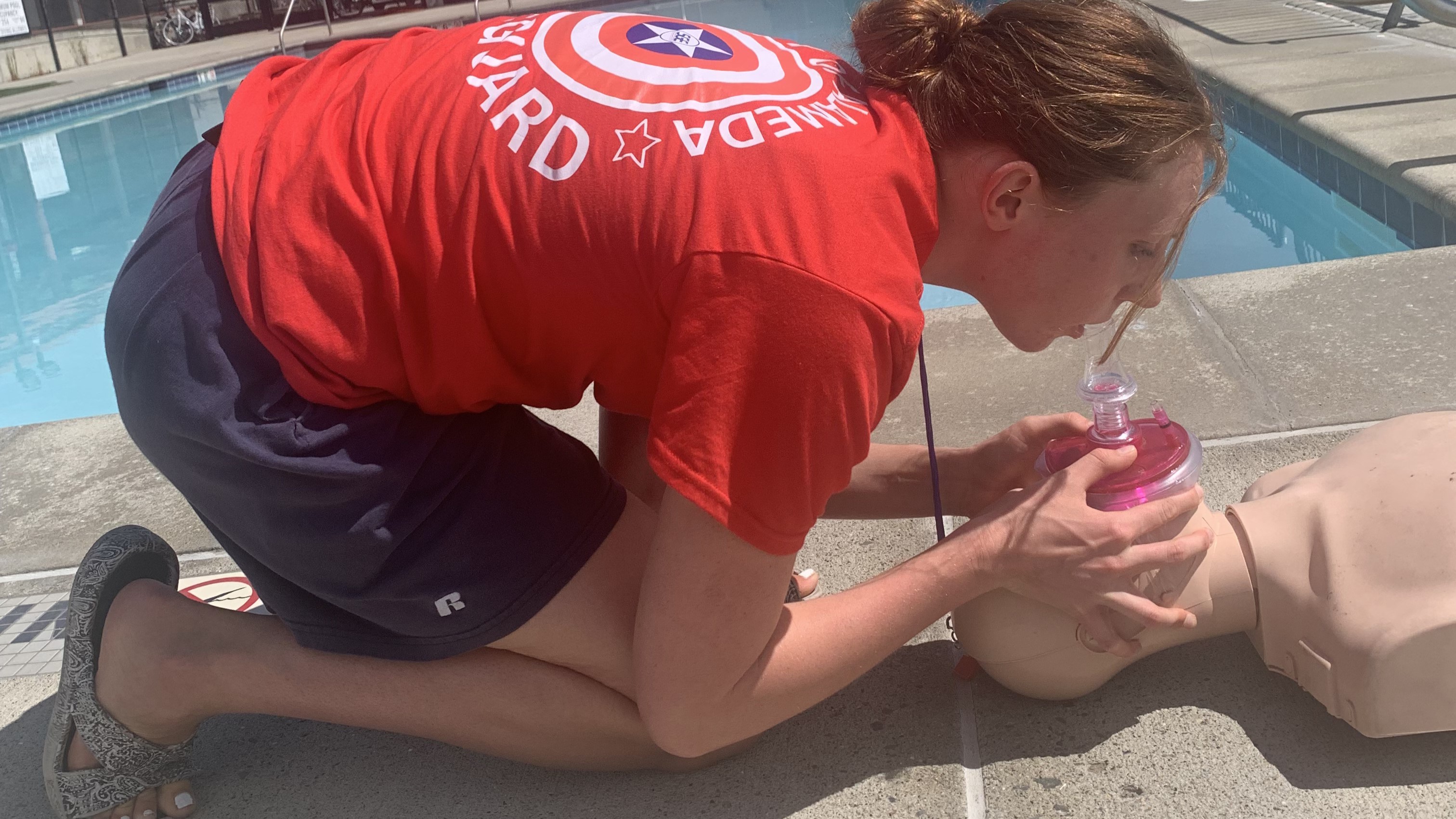For many years in the United States, the main criteria for becoming a lifeguard was to take a nationally recognized lifeguarding course. The American Red Cross continues to be the largest certifying agency, but other certification courses have emerged as well. These include Ellis & Associates; National Aquatic Safety Council, or NASCO; Starfish Aquatic Institute; and the YMCA. Facilities and other organizations also develop their own lifeguarding curriculums to certify lifeguards.
With all of these programs and advancements in training, perhaps the most notable and significant change in methods for qualifying lifeguards is through audits performed at the facilities where they work after being certified. Unannounced audits are increasing in popularity and can be performed by supervisors, outside auditors, and programs where lifeguards audit others’ swimming pools. They can be done with Dummy Drops, where a manikin is secretly placed for lifeguards to detect while on duty, or with other similar tests such as silhouette drops.
Lifeguard training courses tend to emphasize Reactive Resuscitation more heavily that Proactive Prevention (victim recognition). Though surveillance training is gaining momentum, it has yet to receive the attention it deserves. It is true that traditional training provides many benefits to aquatics facilities, but even if lifeguards test well under those circumstances, little is known about how they will perform when there is a real drowning scenario until an actual drowning happens, which can be rare and tragic.
The City of Phoenix Aquatics was proactive in utilizing training skills and auditing programs with the newest research and information available to the industry leading up to its audit changes in 2012. With the help of aquatics industry leaders and conferences, they began learning about significant lifeguard failures, such as inattentional/perceptual blindness and the role of Aquatic Safety Research Group’s Drowning D’s, which include denial, disbelief and delay in victim recognition. They realized that even with their traditional training and audits, lifeguards could still be blind to victims in the water when real drownings occur.
In 2012 City of Phoenix Aquatics took action to address significant flaws in its auditing programs. In the past, many of its lifeguards had performed exceedingly well during audits, in which staff members posed as victims in the water. However, management discovered that the lifeguards became adroit at learning when they were about to be audited by recognizing staff members responsible for testing prior to the actual test.
Many lifeguards began naturally “testing for the test.” This can appear as an unintended consequence of typical training strategies: Lifeguards are tested on how well they respond to tests, rather than predicting how they will react when an actual drowning occurs.
To undo this effect, the City of Phoenix Aquatics decided to design a “Mystery Shopping” Assessment program to increase the efficacy of lifeguard audits. This was modeled after programs in the retail industry, in which anonymous individuals pose as casual shoppers and provide feedback on their experiences.
2011 audits
Before the program introduced mystery shopping assessments in 2012, the lifeguard audits conducted at the City of Phoenix swimming pools included an in-depth assessment of a variety of lifeguard skills.
Management hired auditors who were certified lifeguard instructor trainers (LGIT) to visit the pools and observe and assess performance. The lifeguards were aware that they could be audited at any time, but were not told when they would be tested. Each time, the auditor chose only one lifeguard to test. Those who were not on duty would simulate victims.
In 2011, a total of 97 audits were performed, with 46 lifeguards receiving perfect scores and 10 failing the audit test. Of the failed tests, all of the lifeguards were new, and often the failures were a result of “freezing” during rescue breathing/CPR.
Mystery Shopping Assessments 2012
After re-evaluating their auditing regimen, in 2012, they implemented a Mystery Shopping Assessment program, which they have continued with adjustments. The new assessments focused on victim recognition and the entire emergency action plan (EAP), rather than only the primary rescuer. The key goals for the new assessments were to develop a scenario that was unrecognizable as a test to lifeguards. This would create a more realistic emergency situation for lifeguards, and provide a more accurate picture for supervisors to assess.
To maintain the anonymity of the program, the Mystery Shopping Assessments were performed by coordinators. The lifeguards were accustomed to knowing the coordinators were present, so seeing them on deck would not be a clue that the guards were going to be audited. The most significant and vital shift in the assessments were the victims.
The supervisors expected veteran lifeguards to perform better than newer guards in all aspects of the assessments and suspected newer guards may freeze. This hypothesis would follow the trend of lifeguard performance during prior audits.
Victim school
In preparation for the Mystery Shopping Assessments, individuals were chosen to play the role of the victim. These were children and adolescents who were unknown to the lifeguards.
There were four victims in the first year of the Mystery Shopping Assessment in 2012. They were two males, ages 15 and 26, and two females, ages 15 and 16. The goal was to keep their identities as mystery shoppers completely concealed from the lifeguards. They were trained to appear as typical guests — the Mystery Shopping victims even paid the entrance fee at the door, the same protocol required of all guests. The victims also were matched with facilities where they would blend in with the typical demographic of the guests. For example, younger victims would mystery shop at pools with primarily children swimmers. The victims also wore appropriate clothing to blend in at each facility, such as a casual summer outfit over a bathing suit. Female victims wore sports bras underneath their bathing suits to remain covered while lifeguards carried out emergency care and cut off the top layer of clothing to apply the AED.
To ensure that they would appear as guests, victims were not given a predetermined time or manner in which to begin to float face down on the water’s surface. They were instructed to pay at the door, enter the pool and intermingle with other guests.
Once they were comfortable and decided to initiate the assessment, they would begin to float with their face in the water. They lay face down, horizontally on the surface of the water as motionless as possible and did not move until they were retrieved. They would use a 12-inch, reusable, flexible plastic straw to breathe while face down for an indefinite amount of time. In this fashion, they could breathe through the straw and remain an “unconscious victim” for as long as necessary during the assessment.
Using this technique, some of the mystery shoppers could remain on the surface with their face in the water for minutes at a time. The victims were briefed in-depth about what to expect when being rescued by a lifeguard. They were informed about the extraction process, CPR, BVM, AED, and other important details. Victims were also instructed not to stop the drill on their own and that a lifeguard would “rescue” them.
Assessment
After the victims were carefully trained and briefed for their roles, the Mystery Shopping Assessments commenced.
They were performed at 28 different pools. The coordinator at the swimming pool would assess the performing lifeguard beginning when the victim initiated the “unconscious,” face-down float on the surface of the water. Skills assessed included:
Scanning and recognition
Length of time until a lifeguard
blew the whistle to initiate the
emergency action plan
Rescue technique
Length of time between the whistle and the first breath using a BVM
Proper and effective extraction
using a backboard
Proper use of gloves, BVM and AED
Staff response
Communication between staff
Results
In 2012, the City of Phoenix Aquatics performed 36 of these Mystery Shopping Assessments, with only three of the 36 lifeguards activating the EAP in 10 seconds or less.
It was apparent that the vast majority of tested lifeguards failed to recognize that a non-moving, face-down floating victim was an emergency. The average median time to recognition was 45 seconds. During the Mystery Shopping Assessments in 2012, 75 percent of lifeguards failed to recognize the “victim” in 30 seconds. Some lifeguards never even spotted the victim and after 75 seconds were alerted by assessors to initiate the drill.
During these assessments, a “freezing” phenomenon was prevalent. Many lifeguards took well over 10 seconds just to determine that the child was not holding his or her breath while playing. Then, once they realized the victim was not practicing breath-holding, it took lifeguards additional time to figure out that the victim was not breathing and needed help.
There were many scenarios of second guessing where it was clear a lifeguard saw the Mystery Shopping victim, but glanced at other guards or guests for reassurance. Denial and disbelief of the Drowning D’s During Supervision may have played significant roles in these lifeguards’ delays.
Perhaps the most surprising discovery was that many lifeguards who had passed previous audits with flying colors were not performing as they once had. When the situation appeared real, lifeguards did not perform as practiced.
In short, the components of the new assessments removed predictability from the audits. The change in the assessments tremendously impacted the performance of lifeguards, no matter how many years of experience they had or how many audits they had previously passed. It also is important to note that the Phoenix lifeguards are accustomed to performing approximately 250 rescues each summer.
One important difference in the Mystery Shopping Assessment that led to some of the Drowning D’s of denial, disbelief and delay in many cases was that the victim appeared unconscious. As other organizations begin to utilize this Mystery Shopping Assessment model, they are finding similar results.
Discussion
The results of the Mystery Shopping Assessment program in its first year came as quite a surprise to staff and management — unfortunately not a pleasant one. Though response times and reactions were slower than anticipated, this new Mystery Shopping Assessment revolutionized the way the City of Phoenix Aquatics conducted audits and led to improved procedures, training and audits in the following years.
As a result, detection and reaction times improved. While lifeguard performance appeared unsuccessful during the first year, the Mystery Shopping Assessments program paved the way for improvement in the future.
Phoenix continues to update and modify its program, yielding better results each year. In the summer of 2013, performing 67 Mystery Shopping Assessments at 29 pools, the average time for lifeguards to blow their whistle to activate the EAP was 48 seconds, and the average time from whistle to the first breath was 58 seconds. These times further improved in the summer of 2014, when the average time until the whistle was 22 seconds and the average from the whistle to first breath was 23 seconds. The recognition times were improved by nearly 50 percent in many cases.
It is important to keep in mind that once lifeguards become accustomed to face-down floating victims on the water’s surface, the tests will need to be changed again.
One of the most significant lessons of this program can be taken from the City of Phoenix Aquatics’ willingness to challenge the norm. Observing flaws in the audits’ effectiveness, they took matters into their own hands and addressed the issue. They paved the way for all aquatics professionals to be leaders, to be daring, and not fall “victim” to training lifeguards the way it has always been done.
This exact program may not work for everyone. What can work at all facilities is to observe, analyze and monitor procedures and protocols, and evaluate effectiveness. If a practice is not as effective as it can be, change it!



